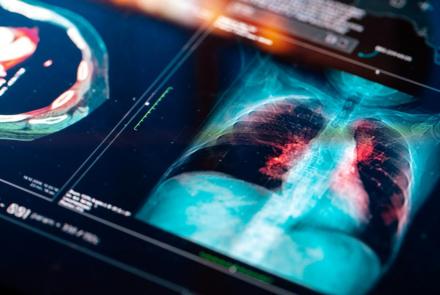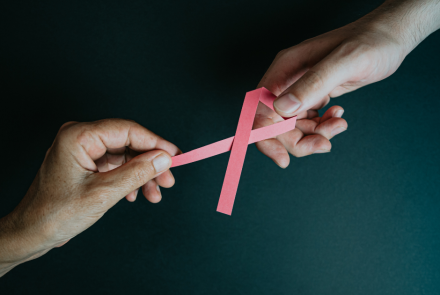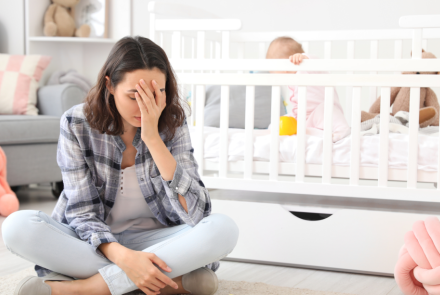At least one-quarter of pregnant women carry a common bacteria called group B strep (GBS). The bacteria is not normally dangerous to women, but it can have serious health consequences for newborns. Fortunately, there are ways to help protect babies from GBS, according to Naji Abdul Wajid, DO, an obstetrician-gynecologist at Highland Medical, P.C., OBS-GYN of Rockland in New City and Stony Point.
In women, GBS is most often found in the vagina and rectum, so a pregnant woman can pass it to her fetus during labor. “To prevent this from happening, women are tested for the bacteria during pregnancy. If they have it, they are given antibiotics during labor,” Dr. Wajid said. Left untreated, GBS can cause serious medical conditions in newborns, including the potentially life-threatening blood infection known as sepsis.
“Screening and treatment for GBS has been shown to dramatically reduce sickness and death in newborns,” he said.nIn the early 1990s, the rate of GBS infection in newborns was 2 per 1,000 live births in the United States. By 2016, thanks to universal screening of pregnant women, that rate had dropped to 0.2 per 1,000 live births.
Who’s at Increased Risk?
Some risk factors for GBS include:
- Going into labor at less than 37 weeks of pregnancy
- Having 18 hours or more pass between when a woman’s water breaks and when the baby is born
- Having a baby that is expected to be low birth weight
- Having a previous newborn affected by GBS
Younger women are more affected than older women, and Black women are more likely to have the bacteria than white women, Dr. Wajid noted.
Types of GBS Infection
There are two types of GBS infection in newborns: early-onset or late-onset.
“Early-onset disease is more common and more dangerous,” Dr. Wajid said. With early-onset disease, a baby typically gets sick within 12 to 48 hours after birth or up to the first 7 days. Early-onset disease can cause fever, fussiness, difficulty breathing or grunting. It can cause severe problems, such as:
- inflammation of the covering of the brain or spinal cord (meningitis)
- infection of the lungs (pneumonia)
- infection in the blood (sepsis)
Babies with late-onset disease get sick between the first week through three months of life. In addition to fever and fussiness, a baby with late-onset disease can have a rash or difficulty moving their limbs. They may express pain when moving around.
If a baby is diagnosed with early- or late-onset GBS, they are treated in intensive care with antibiotics immediately to prevent sepsis and other severe infection. “Even with treatment, babies can be left with lifelong disabilities including cerebral palsy, or vision or hearing loss,” Dr. Wajid said. “That is why prevention is so important.”
Screening for GBS
To prevent GBS, it is recommended that all pregnant women be tested with a vaginal swab at around 36 weeks of pregnancy. Even women who are planning to deliver by cesarean section should be screened, in case labor starts before the c-section, Dr. Wajid said.
Any woman who is found to have GBS, or has ever had GBS in her urine, should be treated with intravenous penicillin when she is in labor. Those who have a mild penicillin allergy can still receive the antibiotic. Those with a severe allergy are given another type of antibiotic.
“The antibiotics take a few hours to work to get to the birth canal,” Dr. Wajid said. “Most studies show that after two hours of antibiotics, the amount of GBS in the birth canal is decreased and the chances of sepsis in the newborn drops. But ideally a woman will get antibiotics for at least four hours before they deliver. So a woman who knows she is GBS-positive shouldn’t delay in getting to the hospital when she knows she’s in labor.”
GBS screening is an important part of pregnancy care, he said. “It’s one of the many reasons to go to all of your prenatal care visits.”






